by Richard Register, President, Ecocity Builders

First, it’s helpful to understand that we live in a
capital system, not a capitalist system. That system is a subsystem of an economic system made up of the total system of
natural economics and
human economics entwined in the ecological realities of solar energy, the lithosphere, hydrosphere, atmosphere and biosphere. For better elucidation here I’ll call that the
total economic system or
total economics, italicizing the terms I want to emphasize so we can hone in on the ideas behind the terms as we go.As the Gaia theorists have amply demonstrated with little if anything to counter their assertions, life plays a role of regulating the entire
natural economy plus
human economy on Earth, the
total economics. Life forms in their billions of species through time and their mind boggling number of individuals, through various negative feedback loops, have regulated oxygen in the atmosphere at levels supportive of life and salinity in the oceans within limits, also amenable to life. It is hard to see this pattern on something as gigantic as the Earth with its towering mountains and endless plains and oceans but that’s mainly because we can’t easily grasp the enormity of time involved in the total evolutionary process. Simply this: given enough time, little things add up – especially if their numbers are as staggering as the time over which they work.
 First, it’s helpful to understand that we live in a capital system, not a capitalist system. That system is a subsystem of an economic system made up of the total system of natural economics and human economics entwined in the ecological realities of solar energy, the lithosphere, hydrosphere, atmosphere and biosphere. For better elucidation here I’ll call that the total economic system or total economics, italicizing the terms I want to emphasize so we can hone in on the ideas behind the terms as we go.As the Gaia theorists have amply demonstrated with little if anything to counter their assertions, life plays a role of regulating the entire natural economy plus human economy on Earth, the total economics. Life forms in their billions of species through time and their mind boggling number of individuals, through various negative feedback loops, have regulated oxygen in the atmosphere at levels supportive of life and salinity in the oceans within limits, also amenable to life. It is hard to see this pattern on something as gigantic as the Earth with its towering mountains and endless plains and oceans but that’s mainly because we can’t easily grasp the enormity of time involved in the total evolutionary process. Simply this: given enough time, little things add up – especially if their numbers are as staggering as the time over which they work.
First, it’s helpful to understand that we live in a capital system, not a capitalist system. That system is a subsystem of an economic system made up of the total system of natural economics and human economics entwined in the ecological realities of solar energy, the lithosphere, hydrosphere, atmosphere and biosphere. For better elucidation here I’ll call that the total economic system or total economics, italicizing the terms I want to emphasize so we can hone in on the ideas behind the terms as we go.As the Gaia theorists have amply demonstrated with little if anything to counter their assertions, life plays a role of regulating the entire natural economy plus human economy on Earth, the total economics. Life forms in their billions of species through time and their mind boggling number of individuals, through various negative feedback loops, have regulated oxygen in the atmosphere at levels supportive of life and salinity in the oceans within limits, also amenable to life. It is hard to see this pattern on something as gigantic as the Earth with its towering mountains and endless plains and oceans but that’s mainly because we can’t easily grasp the enormity of time involved in the total evolutionary process. Simply this: given enough time, little things add up – especially if their numbers are as staggering as the time over which they work.

